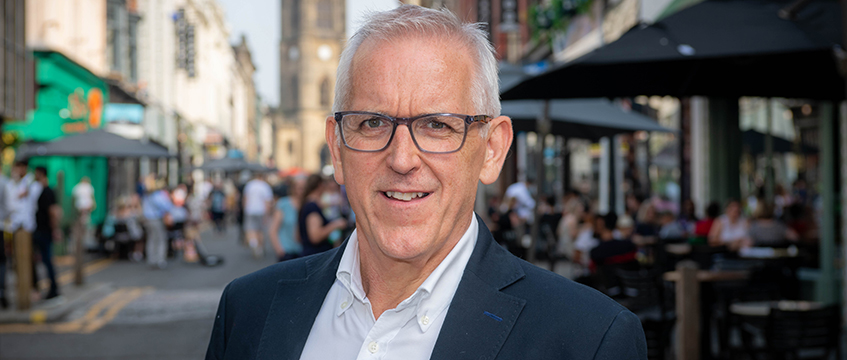COMMENT Planning for the future of a city also means reflecting on its history. It envelops the aspirations of what a city is meant to be, plotting a course towards that. It also involves examining what has gone before and how that can both inform and shape a strategy for the future.
With the loss of Liverpool’s World Heritage status there is a need for reflection. Liverpool’s history and its heritage formed the foundation of that title. Its loss means the need to plot a course towards a future without it, but also to consider how the city’s history of development also needs to evolve. It is never as simple as saying heritage should be jettisoned in favour of development, or vice versa. Instead, it needs to be about how a path can be forged where the two complement one another and work together.
In spring 2021, Liverpool BID Company went to ballot with an ambitious strategy for the future of Liverpool. A new, expanded BID area would replace the existing Commercial District BID area, widening its geographical and industrial scope to cover the city’s famous waterfront, St George’s Quarter and the historic seven streets area of the city, by the Town Hall and business district.
The proposal for businesses to vote on included a £7m investment in the city centre over five years, with plans including improving connectivity, enhancing the public realm, especially its civic squares, continuing a long-term strategy of animating the city with public art. A subvention fund will support business investment in the city while ongoing networking and connecting events help to share expertise and make business more sustainable.
With a successful mandate, the new BID area was named Culture & Commerce, reflecting the two pillars of Liverpool’s strengths and drivers for the local economy.
Historically, Liverpool’s culture and its commerce have worked hand in hand. Institutions such as Tate Liverpool, Bluecoat, National Museums Liverpool and FACT, alongside the city’s famous theatres like the Playhouse, Empire and Royal Court are leading artistic and cultural attractions, nationally and internationally as well as locally. They put the city on the cultural map, attracting visitors and artists, keeping the city vibrant and relevant. Music is part of that culture, not simply The Beatles, but the new talent that is showcased in its venues and festivals.
In commerce, industries such as media, digital technology, professional services, government and logistics fuel the city’s economy.
The two sectors have worked closely historically to shape the city. Its architecture is a case in point. The historic waterfront, the majestic St George’s Hall, beautiful libraries, striking designs along Church Street and along Castle Street show how commerce and design can work in tandem to create a sense of ambition and a sense of place.
This energy and approach is how a city can look back to shape its future. Liverpool has shown how both culture and commerce can create a sense of character and a successful economy, how the city can use its heritage but also look forward and modernise the city.
Cities cannot stay the same forever, but moving into the future does not mean jettisoning the past. It’s about exploring how a city’s strengths can be supported and developed and its character is preserved, not simply its heritage. A city has to maintain the needs of its population present and future, and this keeps it as a living and breathing space that continuously evolves.
Bill Addy is chief executive of Liverpool BID Company











